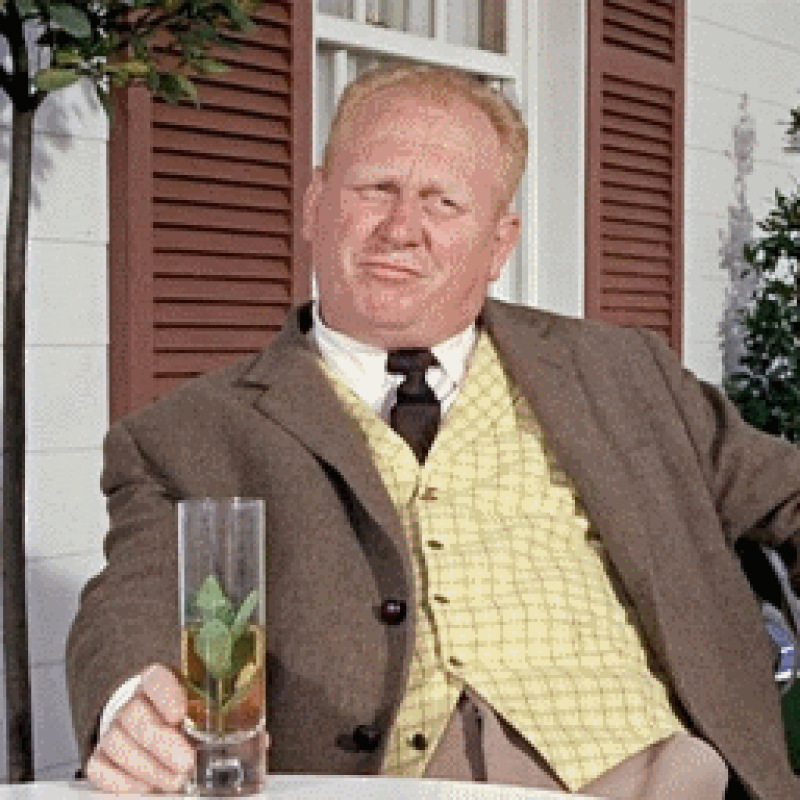The real Goldfinger: the London banker who broke the world



E very January , to coincide with the World Economic Forum in Davos, Oxfam tells us how much richer the world’s richest people have got. In 2016, their report showed that the wealthiest 62 individuals owned the same amount as the bottom half of the world’s population. This year, that number had dropped to 42: three-and-half-dozen people with as much stuff as three-and-a-half billion.

This yearly ritual has become part of the news cycle, and the inequality it exposes has ceased to shock us. The very rich getting very much richer is now part of life, like the procession of the seasons. But we should be extremely concerned: their increased wealth gives them ever-greater control of our politics and of our media. Countries that were once democracies are becoming plutocracies; plutocracies are becoming oligarchies; oligarchies are becoming kleptocracies.
Things were not always this way. In the years after the second world war, the trend was in the opposite direction: the poor were getting richer; we were all getting more equal. To understand how and why that changed, we need to go back to the dying days of the conflict, to a resort in New Hampshire, where a group of economists set out to secure humanity’s future.
This is the story of how their dream failed and how a London banker’s bright idea broke the world.
I n the years after the first world war , money flowed between countries pretty much however its owners wished, destabilising currencies and economies in pursuit of profit. Many of the wealthy grew wealthier even while economies fell apart. The chaos led to the election of extremist governments in Germany and elsewhere, to competitive devaluations and beggar-my-neighbour tariffs, to trade wars and, ultimately, to the horrors of the second world war.
The allies wanted to prevent this ever happening again. So, at a meeting at the Bretton Woods resort in New Hampshire in 1944, they negotiated the details of an economic architecture that would – in perpetuity – stop uncontrolled money flows. This, they hoped, would keep governments from using trade as a weapon with which to bully neighbours, and create a stable system that would help secure peace and prosperity.
Under the new system, all currencies would be pegged to the dollar, which would in turn be pegged to gold. An ounce of gold cost $35 (that’s about $500/£394 today). In other words, the US Treasury pledged that, if a foreign government turned up with $35, it could always buy an ounce of gold. The United States was promising to keep everyone supplied with enough dollars to fund international trade, as well as to maintain sufficient gold reserves for those dollars to be inherently valuable.
To prevent speculators trying to attack these fixed currencies, cross-border money flows were severely constrained. Money could move overseas, but only in the form of long-term investments, not to speculate short term against currencies or bonds.
To understand how this system worked, imagine an oil tanker. If it has just one huge tank, then the oil can slosh backwards and forwards in ever greater waves, until it destabilises the vessel, which overturns and sinks. At the Bretton Woods conference, the oil was divided between smaller tanks, one for each country. The liquid could slosh back and forth within its little compartments, but would be unable to achieve enough momentum to damage the integrity of the vessel.
Strangely, one of the best evocations of this long-gone system is Goldfinger, the James Bond book. The film of the same name has a slightly different plot, but they both feature an attempt to undermine the west’s financial system by interfering with its gold reserves. “Gold and currencies backed by gold are the foundations of our international credit,” a Bank of England official named Colonel Smithers explains to 007.

The trouble is, the colonel continues, that the Bank is only prepared to pay £1,000 for a gold bar, which is the equivalent of the $35 per ounce price paid in America, whereas the same gold is worth 70% more in India, where there is a high demand for gold jewellery. It is thus highly profitable to smuggle gold out of the country and sell it overseas.
The villain Auric Goldfinger’s cunning scheme is to own pawnbrokers all over Britain, buy up gold jewellery and trinkets from ordinary Brits in need of a bit of cash, then melt them down into plates, attach the plates to his Rolls-Royce, drive them to Switzerland, reprocess them and fly them to India. By doing so, Goldfinger will not only undermine the British currency and economy, but also earn profits he could use to fund communists and other miscreants. Hundreds of Bank of England employees are engaged in trying to stop this kind of scam from happening, Smithers tells 007, but Goldfinger is too clever for them. He has secretly become Britain’s richest man, and has £5m-worth of gold bars sitting in the vaults of a bank in the Bahamas.
...
Tags




